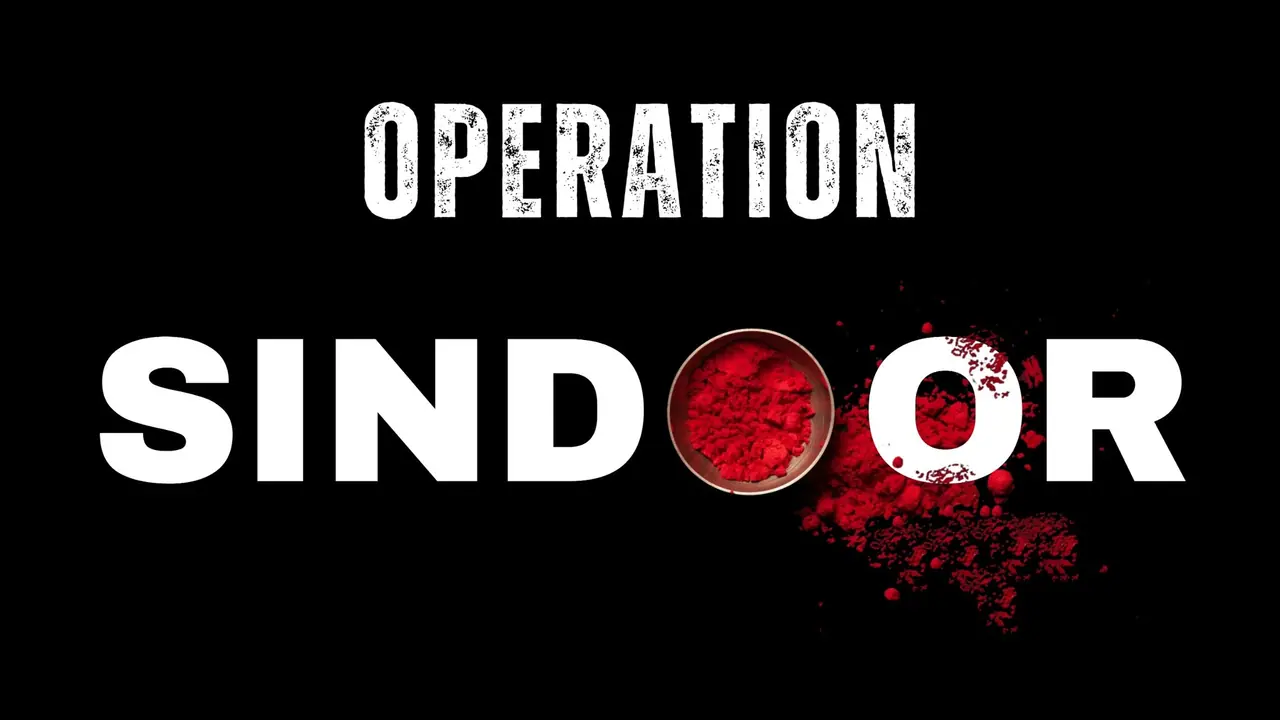India launched Operation Sindoor—a bold, unprecedented tri-services military strike targeting nine terror hubs across Pakistan and Pakistan-occupied Kashmir (PoK)
On May 7, 2025, India launched Operation Sindoor—a bold, unprecedented tri-services military strike targeting nine terror hubs across Pakistan and Pakistan-occupied Kashmir (PoK). Triggered by the April 22 Pahalgam attack that killed 26 civilians, this operation reflects a strategic shift from reactive retaliation to pre-emptive counter-terrorism, eclipsing the scale and integration of both the 2019 Pulwama airstrike and the 2016 Uri surgical strike.

Triggers and Objectives
Operation Sindoor was a direct response to the Pahalgam massacre, designed to proactively dismantle terror infrastructure. It struck high-value targets such as the JeM headquarters in Bahawalpur and the LeT base in Muridke, underscoring India's evolving security doctrine.
The Pulwama strike (February 26, 2019) came after a suicide bombing killed 40 CRPF personnel. It aimed at a JeM training camp in Balakot, about 50 km inside Pakistan—marking India's first deep air incursion since 1971.
The Uri strike (September 29, 2016) was prompted by the killing of 19 soldiers at an army base. India’s Special Forces crossed the LoC to destroy multiple launchpads in PoK, setting a precedent for future cross-border actions.
Military Execution
Operation Sindoor stands out as India’s first full tri-services combat operation since the 1971 war. The Air Force led the assault using Rafale jets armed with SCALP cruise missiles (500+ km range) and HAMMER precision bombs (70 km range), supported by Mirage-2000s and Su-30MKIs. The Army conducted drone and artillery strikes, while the Navy provided ISR (Intelligence, Surveillance, Reconnaissance) and loitering munitions support—demonstrating seamless inter-service coordination.
By contrast, the Pulwama strike was led exclusively by the Air Force, deploying Spice-2000 bombs via Mirage-2000s. The Army provided ground intelligence, while the Navy remained uninvolved.
The Uri operation was conducted solely by the Army’s Special Forces, using small arms and explosives in a precision ground assault, with no role for the Air Force or Navy.
Strategic Reach
Operation Sindoor struck nine targets—ranging from 5 to 200 km beyond the Line of Control. These included both deep command hubs and near-border infiltration points. By deploying standoff weapons like SCALP and kamikaze drones, India ensured precision strikes without violating Pakistani airspace, minimizing escalation risks.
The Pulwama strike focused on one high-value target, requiring direct penetration of Pakistani airspace—raising the potential for military confrontation.
The Uri strike was confined to 2–3 km across the LoC, which reduced strategic depth but minimized the risk of escalation.
Aftermath and Diplomacy
Following Operation Sindoor, Pakistan claimed eight civilian deaths and falsely reported five Indian jets shot down—a claim India categorically denied. India confirmed the destruction of nine terror sites and clarified that no civilian or military infrastructure was targeted. However, three Indian civilians were killed in retaliatory shelling across the LoC. India proactively briefed the United States, UK, Russia, and Saudi Arabia, earning international understanding and calls for restraint.
In the aftermath of Pulwama, Pakistan retaliated with airstrikes and captured an Indian pilot, leading to high diplomatic tension. India claimed the Balakot camp was destroyed, while global powers like the US, France, and UK supported India’s anti-terror stance. China urged de-escalation.
During Uri, Pakistan denied the strike had occurred. India maintained that dozens of terrorists were killed. Global reaction was subdued due to the operation’s smaller scale and absence of escalation.
Strategic Significance
Operation Sindoor represents a major evolution in India's counter-terror doctrine. It blended the tactical precision of Uri, the strategic depth of Pulwama, and added the critical dimension of tri-services coordination. Its use of advanced standoff weaponry reflects India’s growing reliance on technology-driven deterrence.
While Pulwama was bold and historic, it remained reactive and exposed pilots to risk. Uri, though impactful, was narrow in scope. Sindoor marked a deliberate shift to preventive, calculated strikes—executed with restraint and calibrated for maximum impact.
Key Takeaways
Scale and Integration: Sindoor was the largest, most coordinated response—far surpassing Pulwama’s single-site strike and Uri’s localized ground op.
Technology Use: From SCALP cruise missiles to loitering drones, Sindoor outclassed previous strikes in firepower and precision.
Diplomatic Management: India’s global outreach post-Sindoor reflected maturity and a desire to contain escalation.
Public Morale: Sindoor strengthened national confidence through visible unity and capability, avoiding the complications seen during Pulwama and projecting more strength than Uri.
A New Benchmark
Operation Sindoor redefines India's counter-terrorism strategy. By striking deep, using cutting-edge weapons, and coordinating seamlessly across services—while avoiding full-scale escalation—India has drawn a clear red line. The message is unmistakable: those who plan terror against India will face swift, decisive, and united retribution.
As more details emerge, Sindoor will likely be remembered as a turning point—not just for its military scale but for India’s transition from reactive defense to proactive deterrence.
(Girish Linganna is a Defence, Aerospace & Geopolitical Analyst based in Bengaluru. He is also Director of ADD Engineering Components India Pvt. Ltd., a subsidiary of ADD Engineering GmbH, Germany. Contact: girishlinganna@gmail.com)
Note: This article is based on verified information available as of May 7, 2025.8.40 a.m. Further updates will be incorporated as received.


